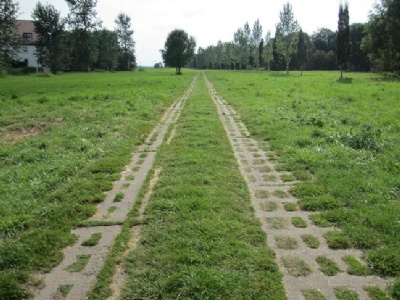Hötensleben
About thirty kilometres west of Magdeburg is a small town called Hötensleben and there is a museum and preserved parts of the former border between West and East Germany. Hötensleben was on the East German side but West Germany was literally around the corner. In connection with the founding of East Germany in 1949, it turned out that eastern German citizens fled uncontrollably to the west, which in the long term risked impoverishing the eastern german workforce. To prevent this, a heavily guarded border was built. The border between West and East Germany was about 1400 kilometres long and stretched from the Baltic to Czechoslovakia. Over the years, border posts were rebuilt and reinforced to ensure that no one, or at least as few as possible, could pass without permission. There were a number of border crossings West Germans could use, while the possibility for East Germans to travel to the west was extremely limited and characterized by a complicated and sluggish bureaucracy.
Between the border crossings, the border was under heavy surveillance around the clock and had been divided into different security zones (forbidden zones) with obstacles that were extremely difficult to pass. The zones began about 300 meters infront of the border and some houses had the first obstacle more or less in the backyard. Various alarm systems, mines and guard patrolls with dogs ensured that escape was virtually doomed to fail. If anyone wanted to escape, they had to find alternative methods. But the costs and maintenance of the border cost the eastern German state enormous sums (billions) which certainly contributed to its economic decline. After the fall of the wall and the opening of the border in November 1989, the border was rapidly dismantled as it was a symbol of both oppression and a divided Germany. But in a number of places, including Hötensleben, parts of it have been preserved for posterity.
Current status: Partly preserved/demolished with museum (2011).
Address: Schöninger Strasse, 39393 Hötensleben.
Get there: Car.
Follow up in books: Gieseke, Jens: The History of the Stasi: East Germany’s Secret Police, 1945-1990 (2014).








This open-air museum is open around the clock and gives a good overview of what it once looked like not so long ago right in the middle of Europe. Information boards (german) are placed along a ca 500 meters path that tells about every kind of obstacle or object that the East Germans set up to prevent escape.